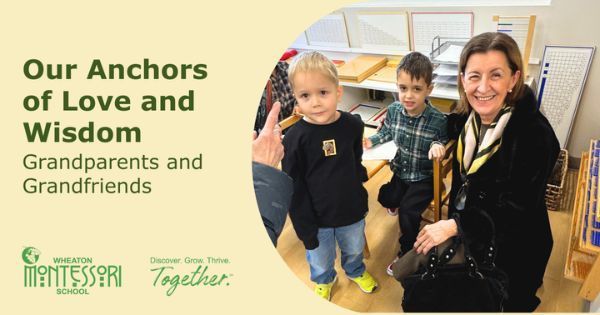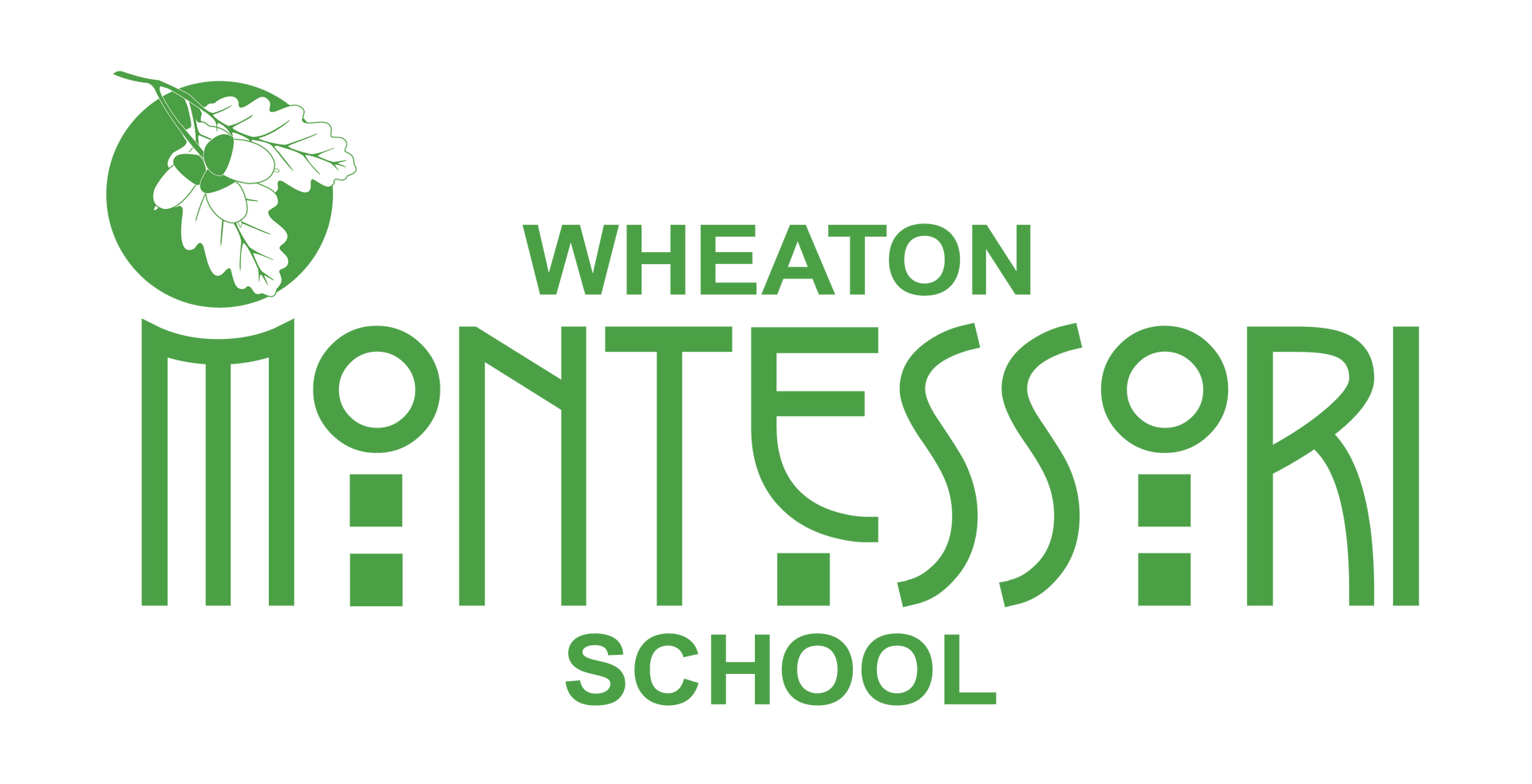
Rebecca Lingo, Head of School at Wheaton Montessori School, shares her thoughts on potty-training requirements for preschool children.
Potty-training requirements for preschool can be a huge disservice to children.
Children who excel in academic and social situations may be held back or excluded for not having this ONE skill mastered. At Wheaton Montessori School, learning to use the restroom is just one skill out of many that we help your child learn. It is not the determining factor for your child’s success in life.
Why I’m not worried about your child being potty-trained at Wheaton Montessori School
Recently, a local doctor told me how she and her husband stumbled upon a Montessori preschool program for their young son, nearly twenty years ago.
Their son was having trouble potty-training. He was bright, sociable, curious, happy, and clever. He just had trouble with toilet-training. And as a result, he was going to be excluded from the next year’s preschool class, a traditional classroom with a hard-line requirement on children being out of diapers and pull-ups. The parents, both doctors, were embarrassed. Why couldn’t they figure it out? Why couldn’t they get through to their son, who was so smart and clever? Was something wrong with their son?
Knowing he wouldn’t be allowed to advance to the next class level, they started looking for options outside of a traditional preschool environment. One option they found was a Montessori preschool. When they explained that they were calling because of their previous school’s hard-line potty-training requirement, they were told immediately, as we tell parents who call us with the same concern, “I am not worried at all about your son not being potty-trained.”
Potty-training is big work for a child.
Potty-training and learning proper bathroom behavior is huge work for a young child. Like reading, some children learn it early and easily. Others need more practice and time.
Excluding a child that’s ready for academic challenges, social stimulation, and experience outside the home because of potty-training only hurts the child. At Wheaton Montessori, we worry more that your child is provided with work that they’re capable of at the right time. We worry more that they’re enrolling at the age at which their curiosity is peaking. We worry more that they’re working on what they’re developmentally ready for and able to master.
Back to the doctor’s son: She reported that Montessori was a perfect fit for their family. Her son leads a successful life as an adult. She and her husband learned to accept him for who he is and what he’s capable of in each moment.
This is our goal in a Montessori environment: helping your child develop into highly capable adults prepared for the real world. Proper toileting behaviors, a big part of this, will happen in time. But that timing is different for each child.
I invite you to come and learn more about our school and our developmentally designed education methods through a one on one tour. To RSVP for our Parent Discovery Night on Thursday, January 19 at 6:00pm please follow this link.
Already a parent here? No need to RSVP, we’ve got you in the count. We would love to hear from you what you experienced around potty training or other skills leading to independence. Send us your stories to discover@wheatonmontessori.org.


